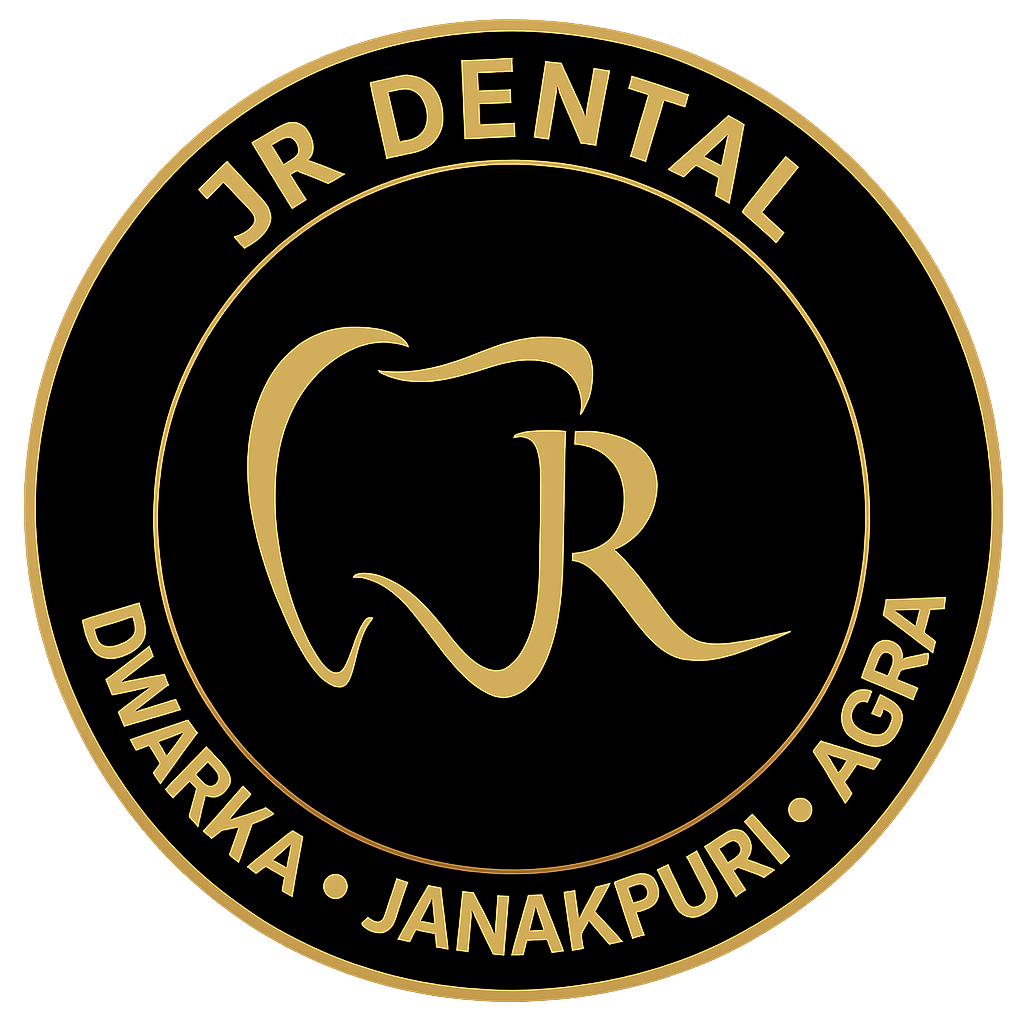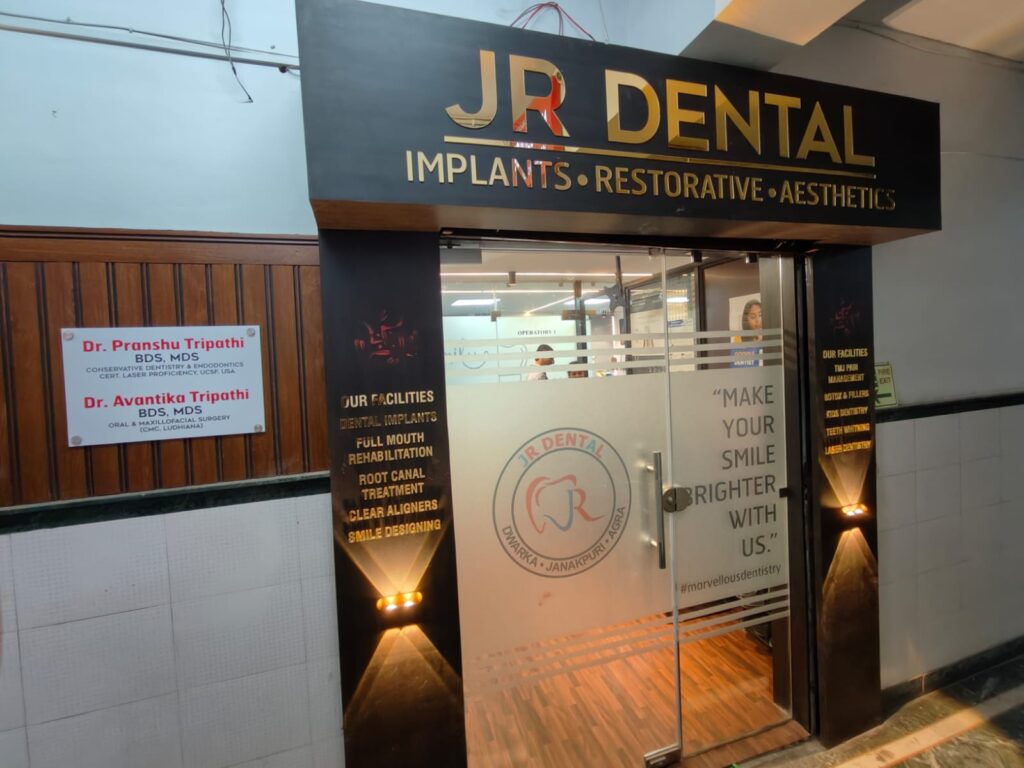JR Dental Service
Wisdom Tooth Removal in Dwarka
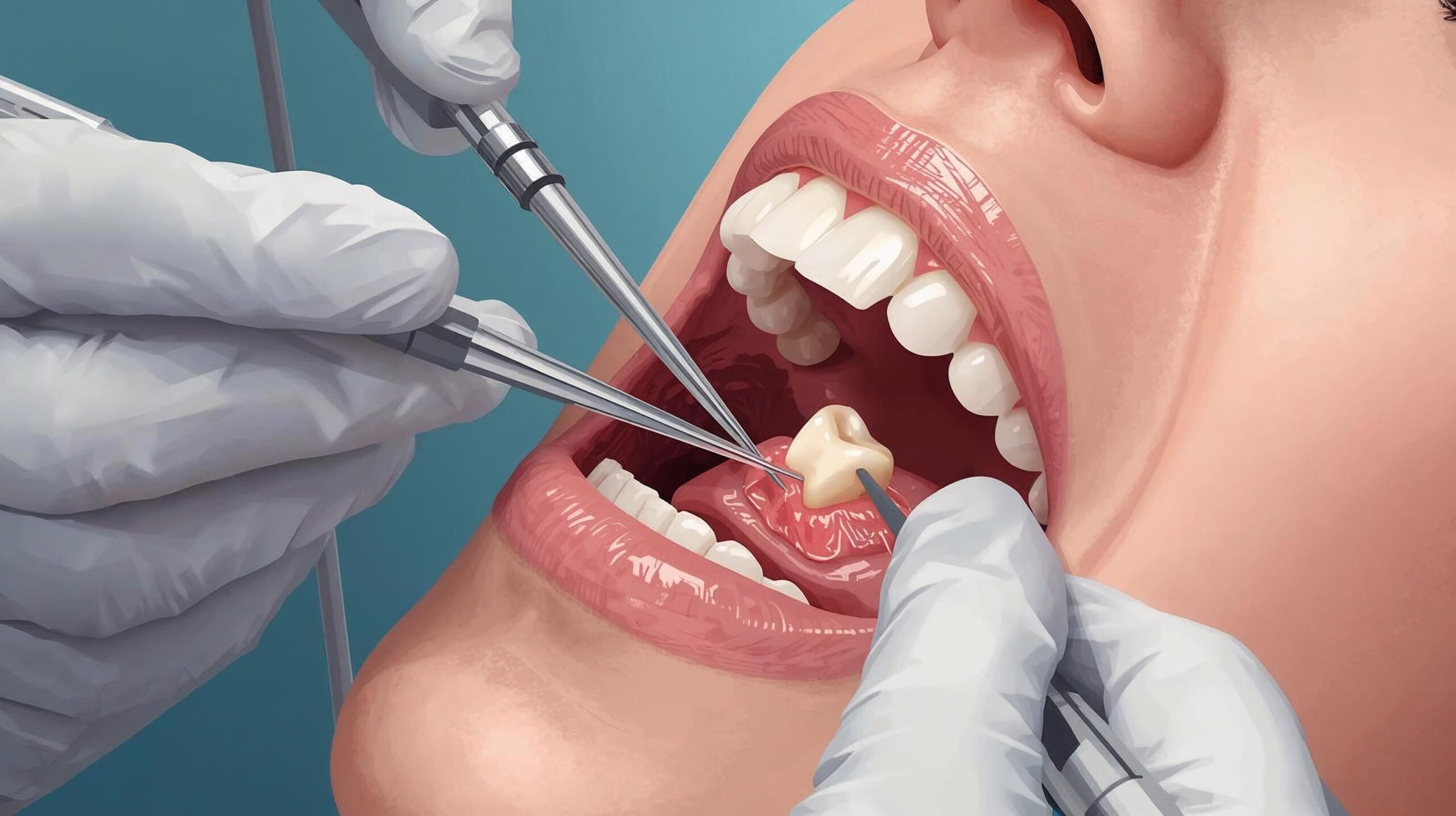
What is Wisdom Tooth Removal?
Wisdom tooth removal is a common dental procedure that involves the extraction of one or more of the third molars, also known as wisdom teeth. These teeth typically emerge in late adolescence or early adulthood, usually between the ages of 17 and 25. However, many people experience complications with these teeth, such as impaction (when the tooth fails to emerge properly), crowding of other teeth, or infection. In such cases, removal becomes necessary to prevent further oral health issues. The procedure can be done under local anesthesia, sedation, or general anesthesia, depending on the complexity of the extraction and the patient’s preference.
How Does Wisdom Tooth Removal Work?
Wisdom tooth removal works by surgically extracting the impacted or problematic third molars from the back of the mouth. The procedure begins with a thorough evaluation by the dentist, which may involve X-rays to determine the position of the teeth and the extent of impaction. For simple extractions (where the teeth are visible and not impacted), local anesthesia is typically enough to numb the area. For more complex cases, such as when the teeth are impacted or embedded deep in the jaw, sedation or general anesthesia may be required. Once the area is numbed, the dentist or oral surgeon makes an incision in the gum tissue (if necessary), removes the tooth, and stitches the gum to promote healing. Recovery typically involves rest, pain management, and follow-up care.
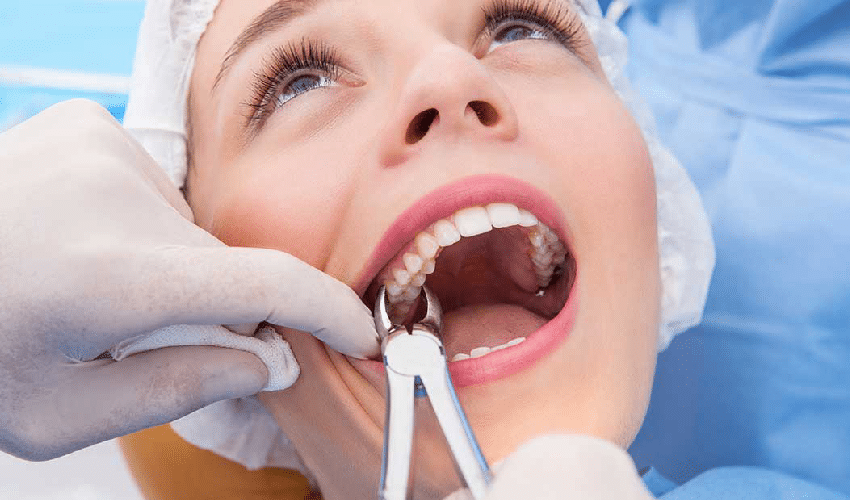

Benefits of Wisdom Tooth Removal
The primary benefits of wisdom tooth removal include the prevention of future oral health complications and relief from pain or discomfort caused by impacted or misaligned teeth. Other key benefits include: Prevention of Infection: Impacted wisdom teeth can trap bacteria and food, leading to infections or abscesses in the gums. Removing them reduces this risk. Reduced Risk of Gum Disease: Wisdom teeth can be difficult to clean due to their location, increasing the risk of gum disease and cavities. Prevention of Crowding: Impacted or misaligned wisdom teeth can push against neighboring teeth, causing misalignment or crowding. Removing them can help maintain proper alignment of the other teeth. Relief from Pain and Discomfort: For those experiencing pain or swelling around their wisdom teeth, removal can provide significant relief and restore comfort.
Procedure for Wisdom Tooth Removal
The procedure for wisdom tooth removal typically involves the following steps: Consultation and Evaluation: The dentist or oral surgeon will conduct a thorough examination, which may include X-rays to assess the position of the wisdom teeth and determine the best approach for extraction. Anesthesia: Local anesthesia is used to numb the area around the wisdom tooth. In cases where the extraction is more complex, sedation or general anesthesia may be used. Incision and Tooth Removal: If the tooth is impacted, the dentist may need to make an incision in the gum tissue to access the tooth. In some cases, the tooth may be divided into smaller pieces for easier removal. Stitching and Recovery: After the tooth is removed, the dentist will close the incision with sutures. A gauze pad may be placed to control bleeding, and the patient will be given post-operative care instructions to ensure proper healing. Follow-Up: A follow-up visit may be scheduled to monitor the healing process and remove any stitches if needed. The dentist will also check for complications, such as infection or dry socket.
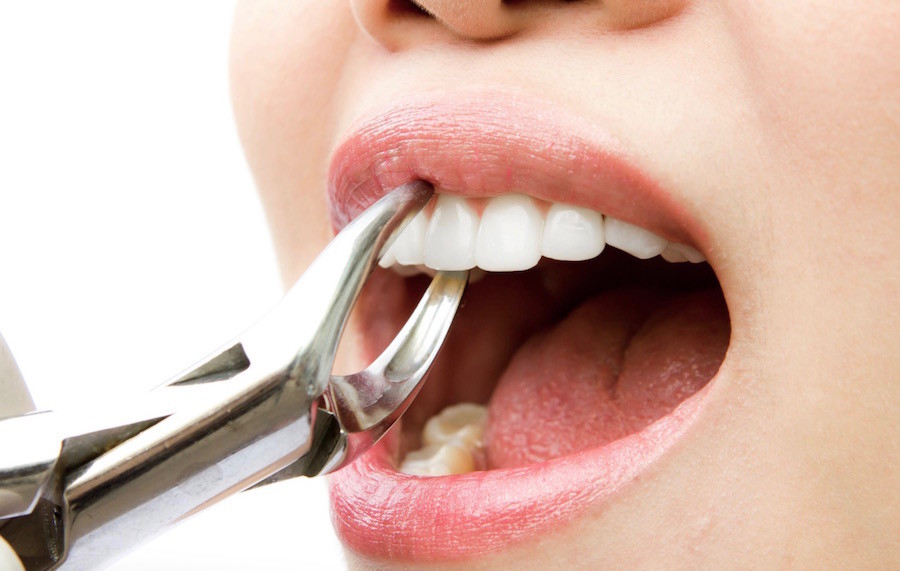

Ideal Candidates for Wisdom Tooth Removal
Ideal candidates for wisdom tooth removal are individuals whose wisdom teeth are causing discomfort, infection, or other dental problems. Common reasons for removal include: Impacted Wisdom Teeth: When the teeth do not have enough room to emerge properly or are trapped beneath the gum line. Pain or Swelling: Persistent pain, swelling, or tenderness around the wisdom teeth may indicate the need for removal. Gum Disease or Infection: Wisdom teeth that are difficult to clean can lead to gum disease or infections, necessitating their extraction. Crowding or Misalignment: When wisdom teeth push against adjacent teeth, causing misalignment or crowding of the other teeth, removal may be recommended. While not all wisdom teeth need to be removed, early evaluation and treatment can help prevent future problems.
Risks of Wisdom Tooth Removal
Although wisdom tooth removal is generally safe, there are some risks and potential complications associated with the procedure: Infection: Any surgical procedure carries a risk of infection. Following post-operative care instructions is essential to minimize this risk. Dry Socket: Dry socket occurs when the blood clot that forms in the socket after extraction is dislodged or dissolves, leading to severe pain and delayed healing. Nerve Damage: In rare cases, the nerves near the wisdom teeth can be damaged during the extraction, leading to numbness or tingling in the lip, chin, or tongue. Bleeding: Some bleeding is normal after tooth extraction, but excessive or prolonged bleeding may indicate a complication. Swelling and Bruising: Swelling and bruising around the cheeks, jaw, or neck are common but usually subside within a few days.
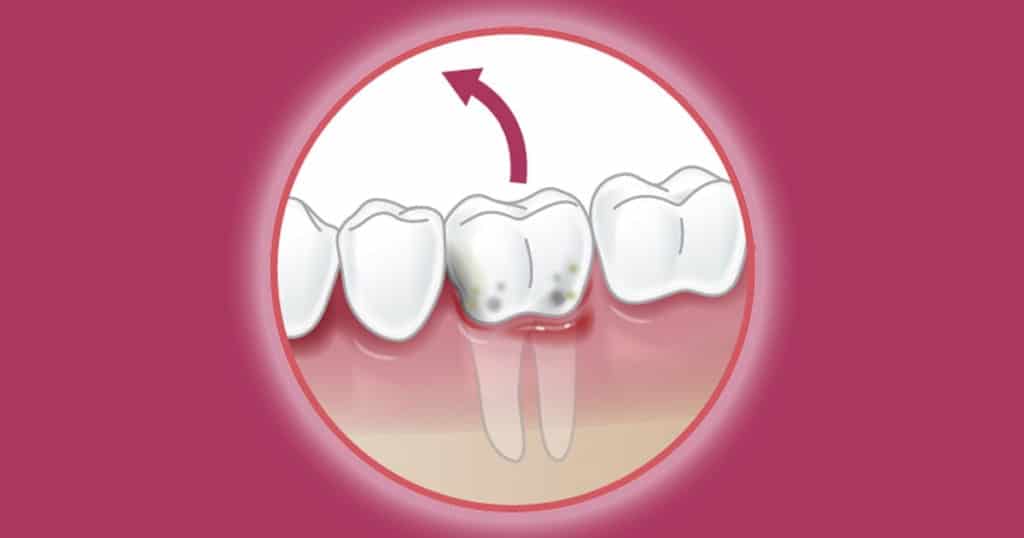
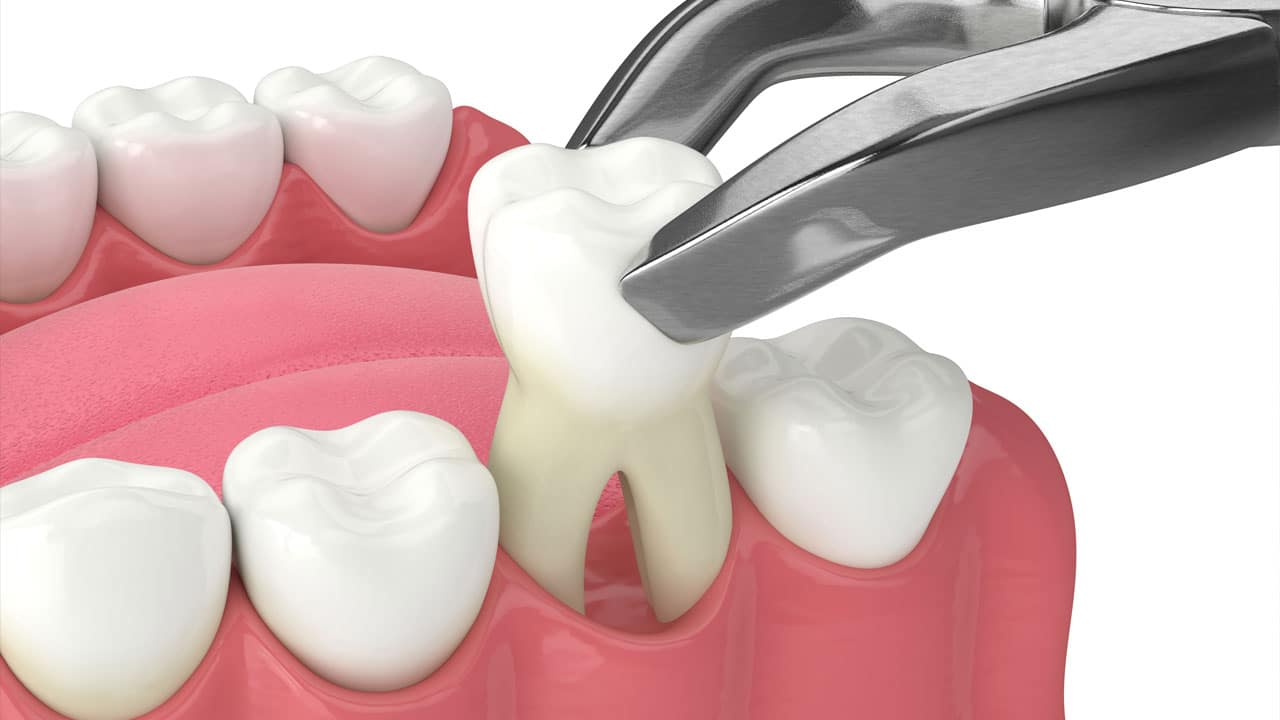
Success Rate of Wisdom Tooth Removal
The success rate of wisdom tooth removal is generally very high, with most patients recovering without complications. The procedure is typically straightforward, particularly when the wisdom teeth are fully erupted and visible. In cases of impacted or difficult extractions, the success rate remains favorable, but the risk of complications, such as infection or nerve injury, may increase. Recovery usually takes about 3 to 7 days, with most patients experiencing mild discomfort or swelling that can be managed with pain medications and ice packs. Long-term success is largely determined by the patient’s adherence to post-operative care instructions and regular follow-up visits.
FAQS
How long does it take to recover from wisdom tooth removal?
Recovery from wisdom tooth removal usually takes about 3 to 7 days, with most of the swelling and discomfort subsiding within a few days. It may take a few weeks for the gum tissue to fully heal, and in some cases, the bone in the extraction site can take several months to fully heal.
Can wisdom teeth be removed without surgery?
In some cases, wisdom teeth that are fully erupted and not impacted can be removed without surgery. A simple extraction involves numbing the area and pulling the tooth out without the need for incisions. However, if the teeth are impacted or deeply embedded in the jaw, surgery will be required.
Is wisdom tooth removal painful?
The procedure itself is not painful because local anesthesia is used to numb the area. Some discomfort or pain may be experienced during recovery, but this can typically be managed with prescribed pain medications and over-the-counter pain relievers. Most patients find the recovery process to be manageable.
